Even though “The Color of Money” has three main leads, this is the continuation of Fast Eddie Felson’s story at its core. Aside from a lack of urgency, the other big problem with the film is just how unconvincingly these three characters end up evolving. Two thirds into it, Eddie is unexpectedly hustled by the Forest Whitaker character in a rather confusing scene where it isn’t clear if Eddie participated in a game of nine-ball or simply kept on betting against his opponent. After this downer of a sequence, the movie goes downhill and never recovers. In “The Hustler,” we first came to learn some of Eddie’s weaknesses such as how he first lacked the necessary character to become the best in his sport and how he would lie to himself with phony excuses about why he lost to Minnesota Fats. Whatever these faults, a lack of confidence was never in Eddie’s nature, which means that this extreme reaction to losing a great deal of money in one afternoon doesn’t ring true.
Watching “The Color of Money” again after all these years I’ve come to doubt if Scorsese ever realized that it was never the game of pool by itself that made the Fast Eddie Felson saga fascinating. This is not meant to put down his numerous technological advanced shots of pool balls hitting one another in extreme close-ups but I believe that one of the best decisions that Robert Rossen made in “The Hustler” was to focus on his characters’ reactions during the matches instead of doing it in the game itself, a sport that many of us have never come to fully understand nor have ever cared to.
Unlike its predecessor, “The Color of Money” lacks any significant stakes for its leads. They end up learning some of the fine points of the game of pool, but not much about anything else. Even though Tom Cruise is fine in the role, his Vince starts the movie as a great-but-dumb talent, and he ends up exactly the same way. My impression is that when he and Carmen returned home at the end of the movie, he probably went back to working at the toy store or the like for the rest of his life. What made “The Hustler” so very special was watching Eddie learning the necessary life lessons in the hardest of ways. Watching the sequel recently, I could sense Scorsese fighting himself trying not to be predictable by avoiding the typical cinematic showdown. This is all fine, but I don’t think he provided anything of substance in return. “The Color of Money” isn’t a terrible movie by any means, but considering the anticipation and the talent involved, it’s hard to understand the point of Scorsese involving himself in a sequel that is inferior to its predecessor, and from the great majority of his other works.
You can view the original article HERE.


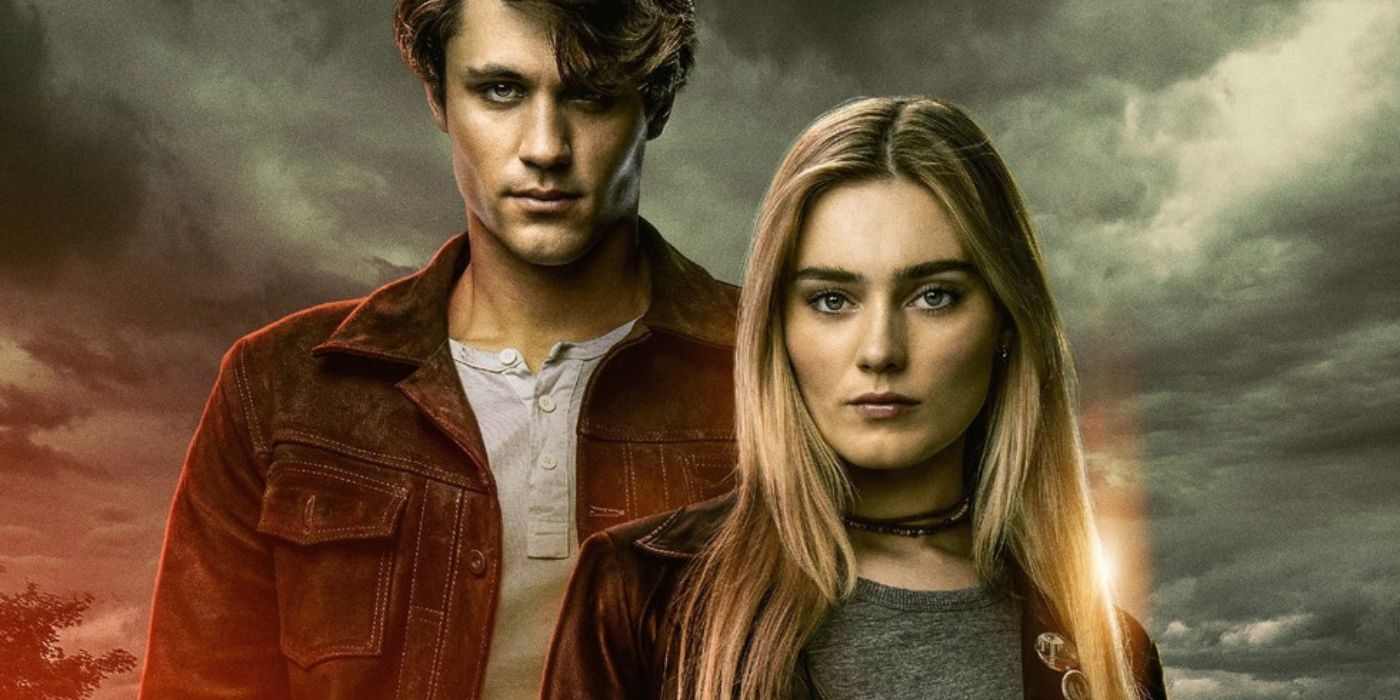













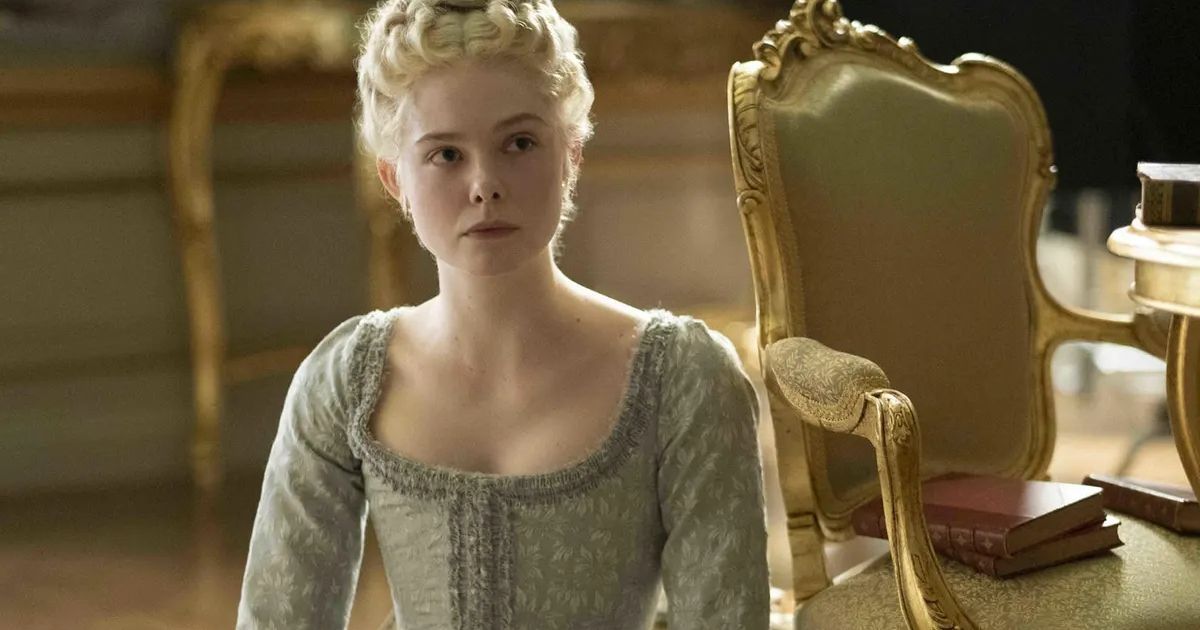


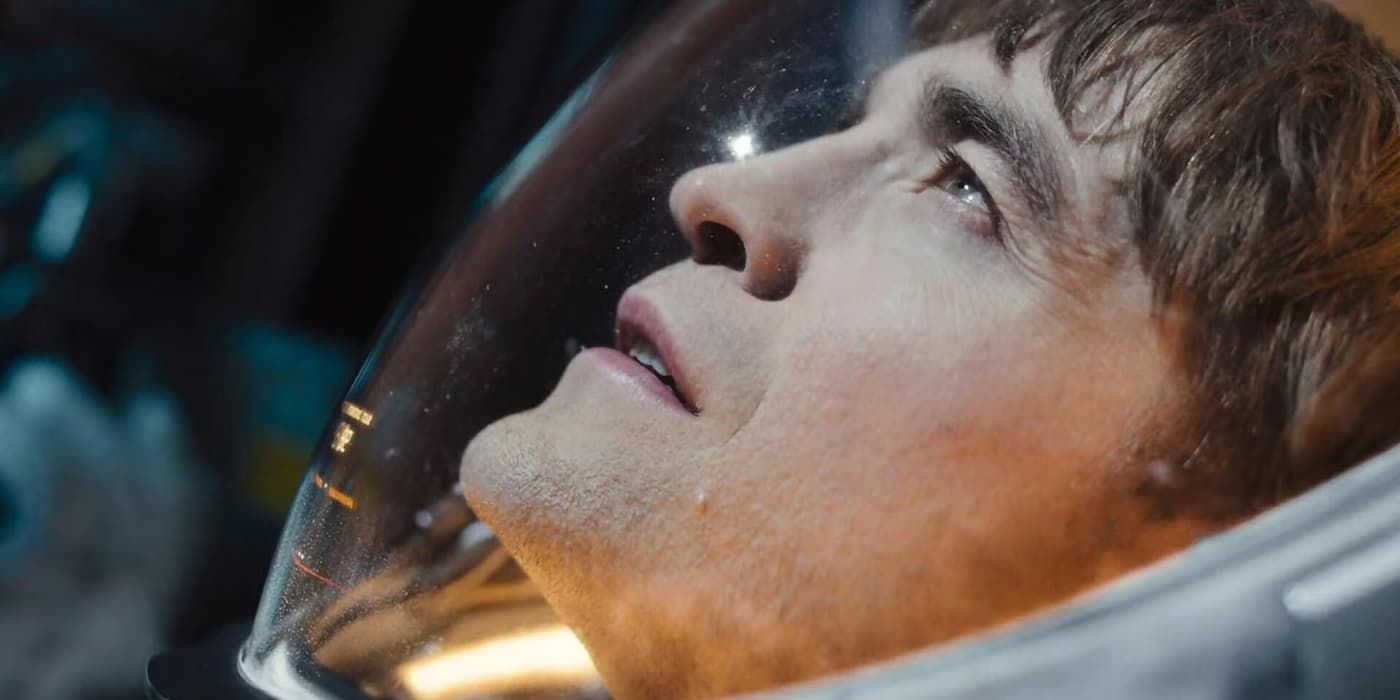

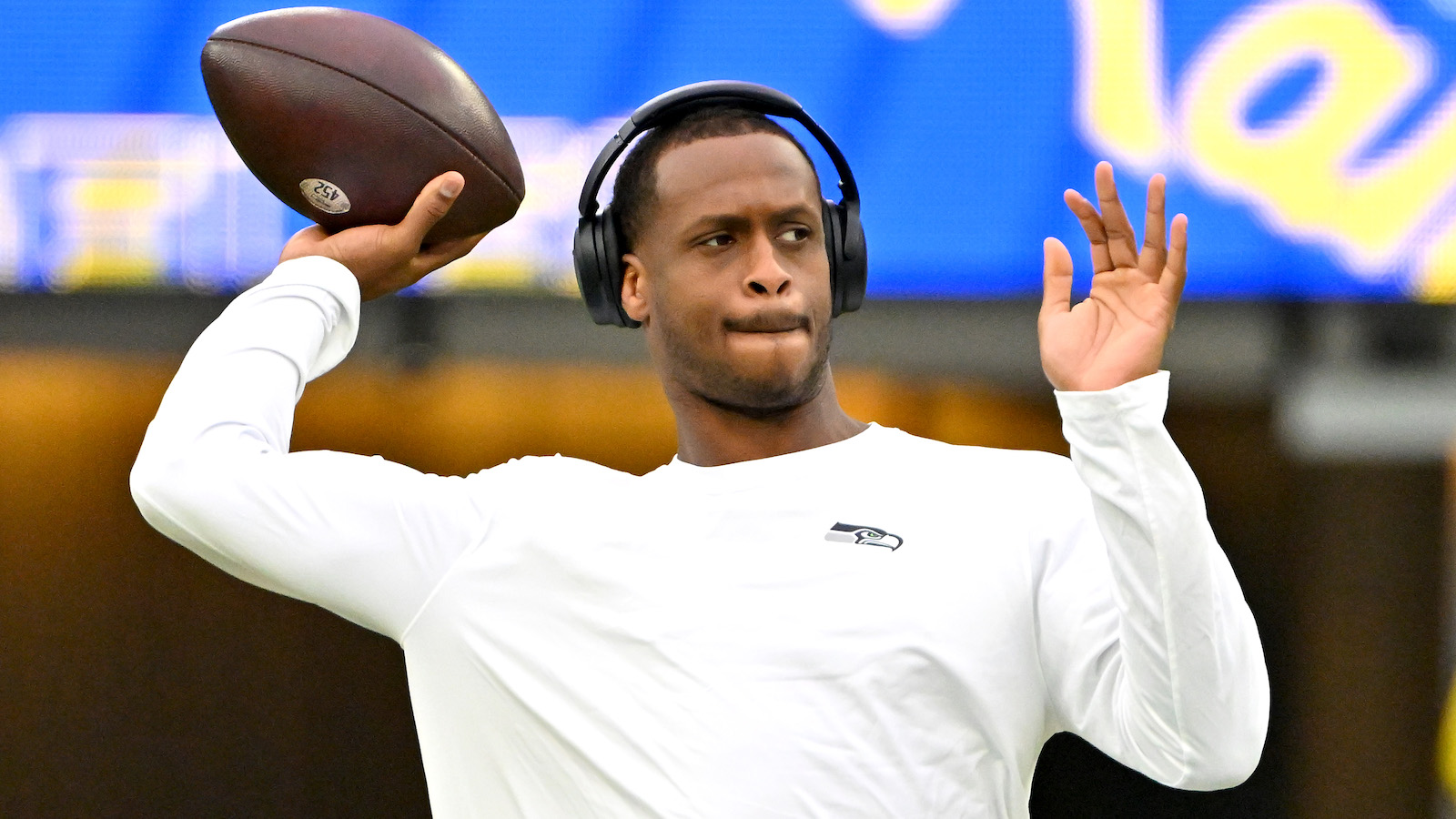


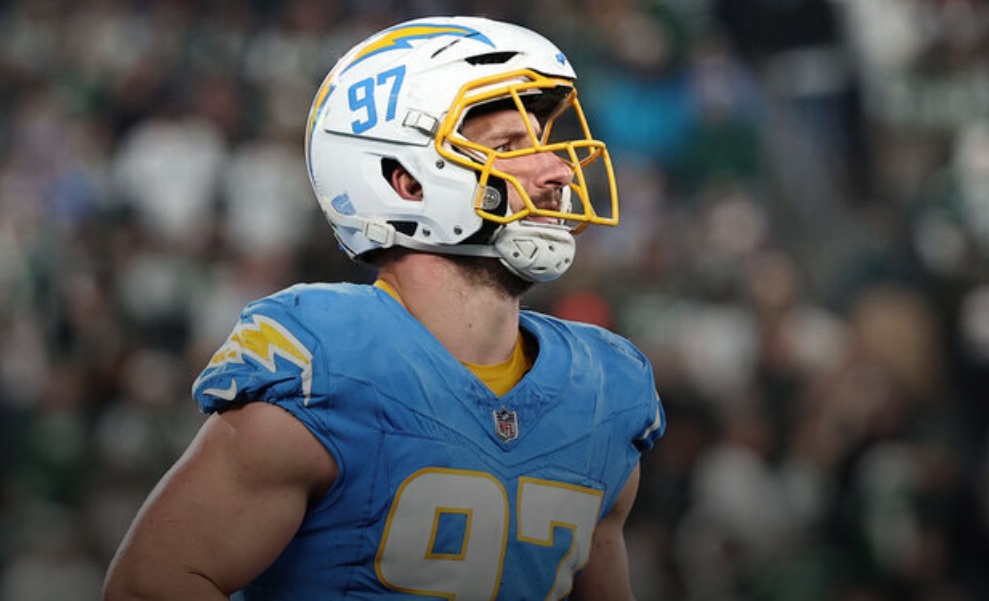

:quality(85):upscale()/2025/03/08/601/n/1922564/c69f7e2e67cc457eb25755.07032611_.jpg)

:quality(85):upscale()/2025/03/07/614/n/1922564/c0a5b41467caf84ec97909.79519619_.jpg)
